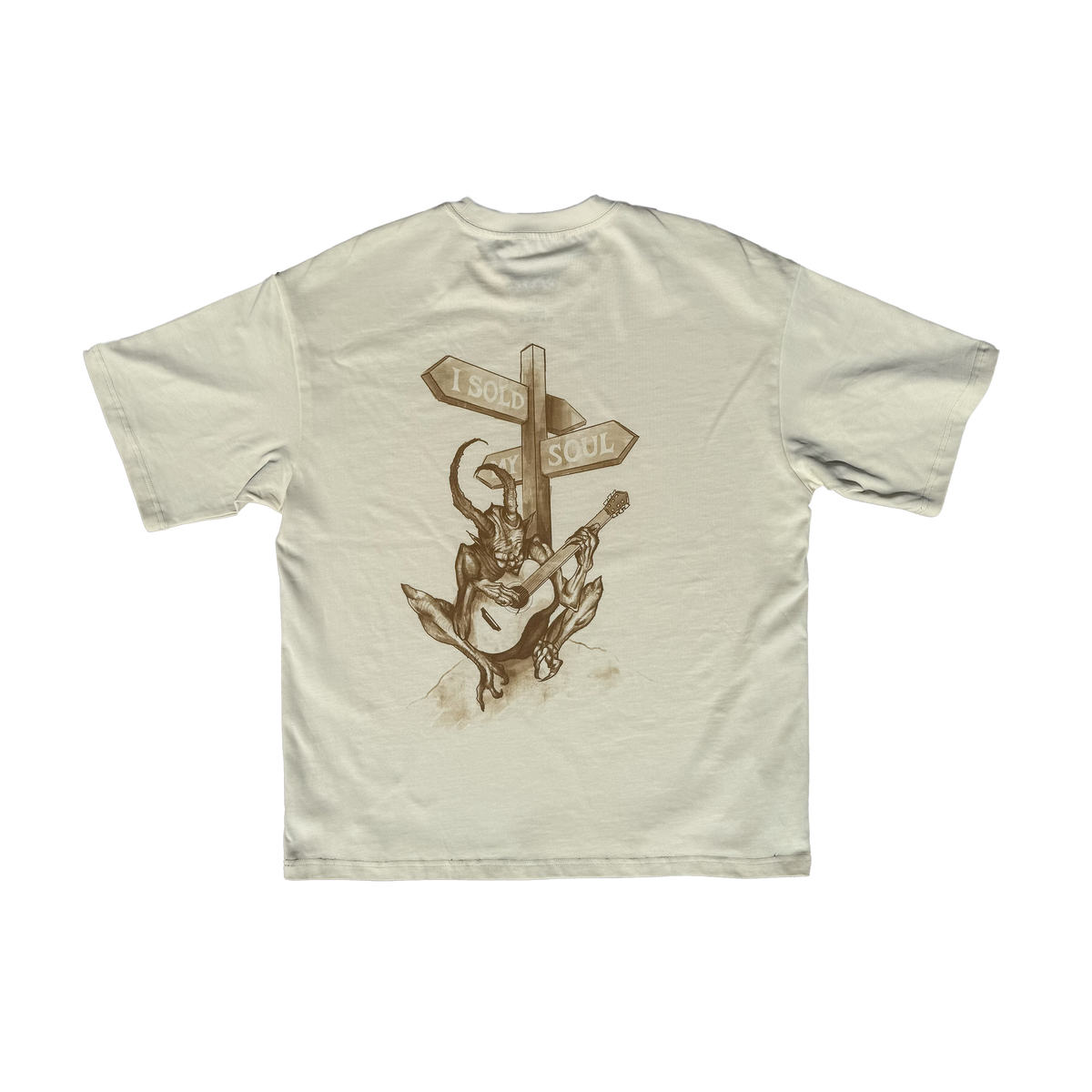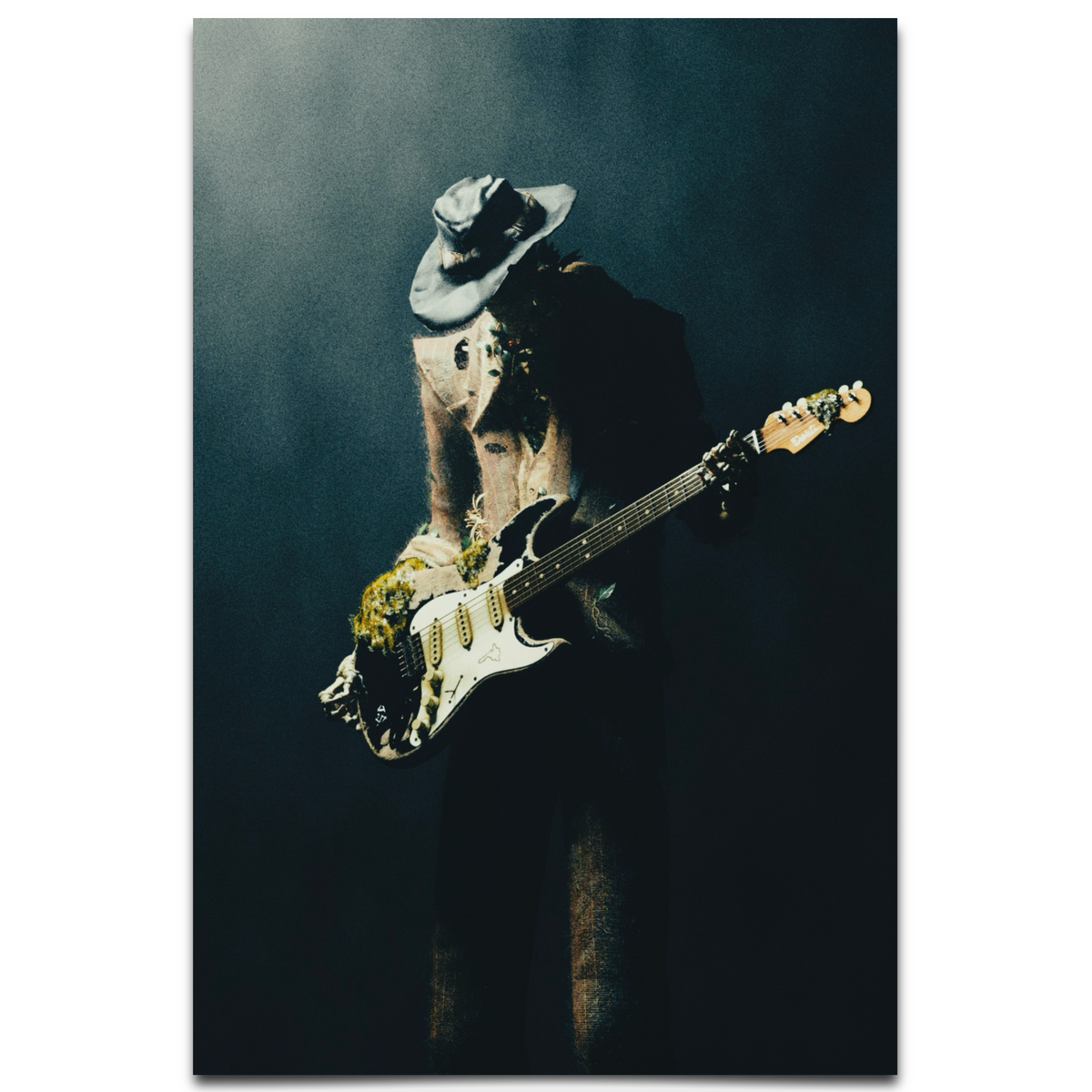If you’ve ever listened to a killer guitar riff that just locks in with the rhythm section, making you nod your head without even thinking, there’s a good chance techniques like palm muting and accenting are at play. These two guitar-playing methods are essential for creating groove—a sense of rhythmic flow and feel that makes music irresistibly danceable or head-bang-worthy. But how exactly do they contribute to that groove? Let’s break it down.
Palm Muting: Adding Control and Punch
Palm muting is a technique where a guitarist rests the edge of their picking hand (usually the palm) on the strings near the bridge of the guitar while strumming or picking. This dampens the strings, producing a tighter, more muted sound compared to an open strum. So, how does this create groove? Palm muting emphasizes the attack of each note, giving it a sharp, percussive quality that syncs beautifully with drums and bass. Think of iconic riffs like Metallica’s “Master of Puppets”—the chugging, muted power chords drive the rhythm forward, locking into the beat and creating a relentless sense of motion. It’s like turning the guitar into a rhythmic engine, grounding the song and making it feel tight and deliberate.
Accenting: Highlighting the Beat for Dynamic Feel
Accenting, on the other hand, is all about emphasis. It’s when a guitarist plays certain notes or chords with more force or volume to stand out in the rhythm. This can be done by striking the strings harder, using dynamics, or even mixing in unmuted notes amid palm-muted sections. Accenting helps define the groove by drawing attention to key beats—often the downbeats or off-beats, depending on the style. For example, in funk or rock, accenting on the “and” of a beat (the upbeat) can create a bouncy, syncopated feel that gets listeners moving. It adds variation and personality to a riff, preventing it from sounding monotonous and reinforcing the song’s rhythmic pulse.
How They Work Together
When combined, palm muting and accenting are a dynamic duo for groove. Palm muting lays down a consistent, controlled foundation, while accenting adds peaks of intensity that guide the listener’s ear through the rhythm. Imagine a song like Nirvana’s “Smells Like Teen Spirit”—the verses use palm muting for that gritty, understated tension, then explode with accented strums in the chorus for emotional impact. This push-and-pull creates a sense of movement and energy, which is the essence of groove. It’s not just about playing notes; it’s about shaping how they feel in relation to the beat.
Why Groove Matters
Groove isn’t just a technical term—it’s the heartbeat of music that connects the band and the listener. Palm muting and accenting give guitarists the tools to sculpt that heartbeat, whether they’re aiming for the aggressive drive of metal or the laid-back swing of blues. By controlling tone and dynamics, these techniques help a song breathe, pulse, and ultimately stick with you. So next time you hear a riff that makes you move, pay attention—you’re likely hearing the magic of these two techniques at work.
























